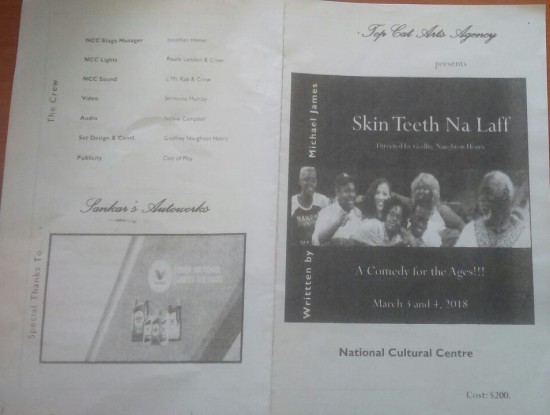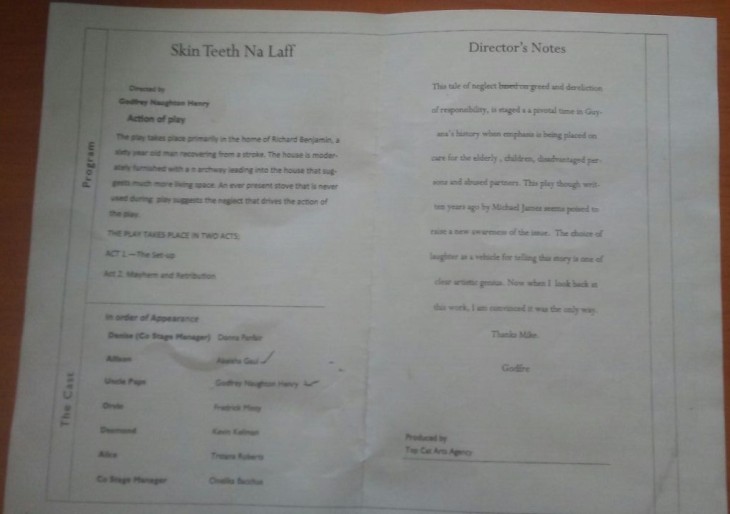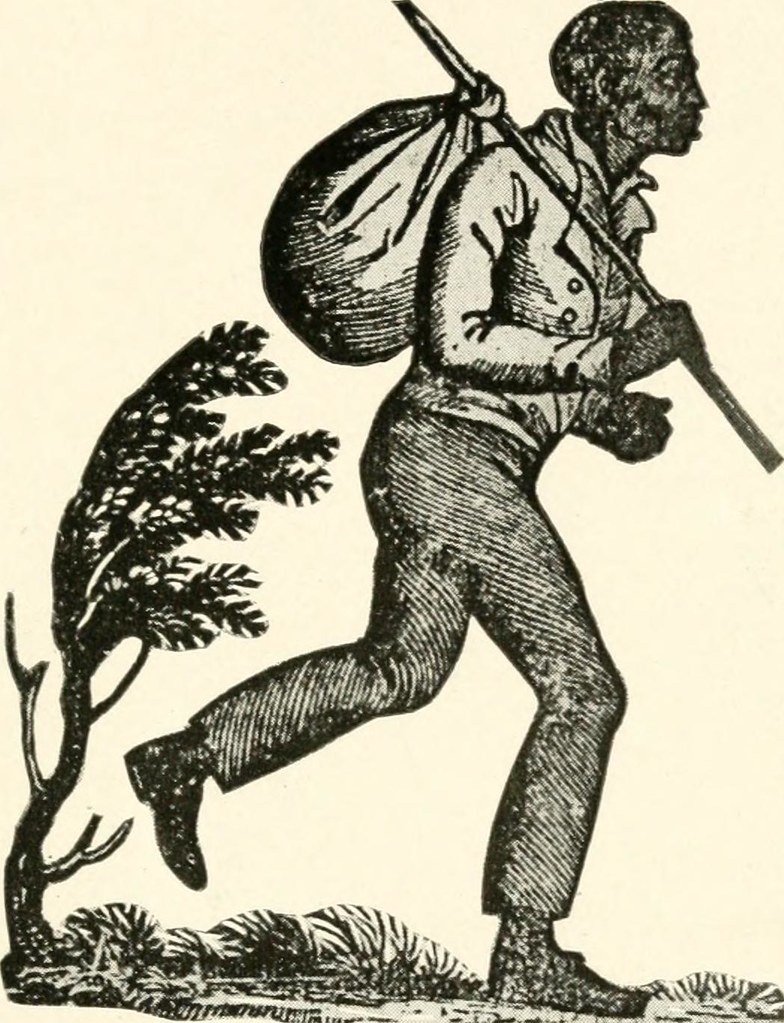Reviewed by: Jarryl Bryan
Black Panther is a superhero flick centred in the fictional African country Wakanda. After his father’s death, Crown Prince T’Challa (Chadwick Boseman) ascends the throne. However, his position is soon challenged when mistakes of the father come to haunt the son. He and his allies must fight to keep their kingdom from falling into the wrong hands and plunging the world into a new age of vengeful imperialism.
This isn’t the first time the Marvel Cinematic Universe has put a black superhero on the big screen, but when one considers all facets of Black Panther, it is clear that this Ryan Coogler project has broken numerous barriers on its way to being a box office hit.
Centred in a fictional kingdom called Wakanda, the film’s central premise dismantles both the historical and contemporary stereotype of the African continent. Africa is typically depicted as a war-torn, aid-dependent and deeply impoverished continent. Black Panther, on the other hand, offers a fresh, optimistic portrait of what Africa may have been had its natural resources been jealously guarded against the greed and corruption of colonialism.
The film explores familiar themes mainly the differences in the father-son relations among the royal family. Additionally, it shows how diverging ideological principles can lead citizens to either betray their country or remain fiercely loyal to it.
The most outstanding theme focused on Erik Killmonger (played by Michael B. Jordan), who pointed out the way Wakanda alienated millions within the African diaspora by ignoring 400 years of turmoil. Killmonger plans and tries to execute a radical plan to free both continental and diasporic Africans from economic and social bondage by utilising Wakanda’s advanced technology and weaponry.
Killmonger’s masterful character development divided audiences and made the film memorable. On the one hand, people love him because he exemplifies the collective longing for their ancestral homeland. Simultaneously, he is a brutal killer uninhibited in the least by compassion for those who stand in his way.
Many new Marvel fans were also drawn to the movie because it featured women in unprecedented positions of authority in a superhero flick. T’Challa’s elite royal guard, the Dora Milaje- is an elite, all-female team lead by Okoye (Danai Gurira), a fact that shattered glass ceilings long before the official release. Additionally, Wakanda’s best technical and scientific genius is his little sister, Princess Shuri (played by the Guyanese Letitia Wright).
Of course, nothing is perfect. With the amount of detail put into multiple, richly complex characters and their backstories, it was difficult for the film to give the Black Panther himself the screentime he deserved. The fighting sequences featuring Black Panther, while impressively choreographed, were too few and left audiences wanting more.
This is a peripheral concern, however, and I do not believe it detracts from the movie’s overall effect. It awakened black consciousness and pride globally while offering an equitable representation of a much-maligned race on the big screen. Everyone, particularly children, can take important social cues from this movie. On that basis, I highly recommend this film.













